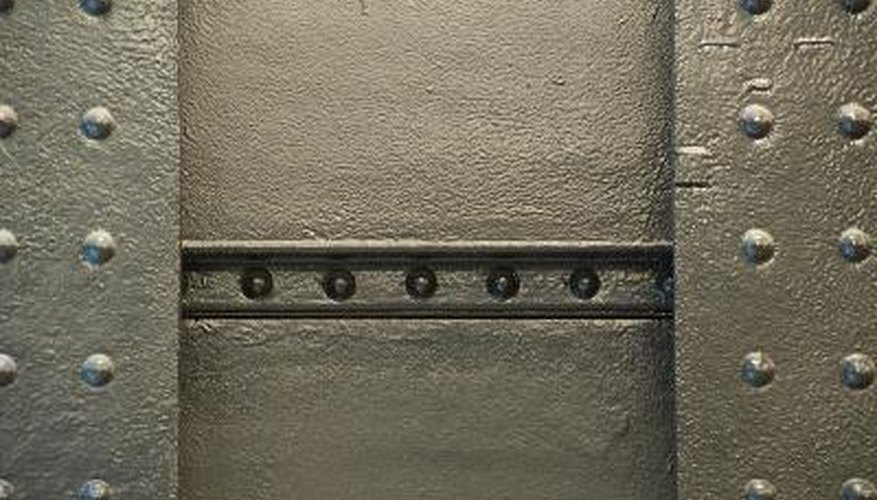Buildings that are designed and erected using steel usually require steel members to be connected together in order to transfer forces. Bolting and welding are commonly acceptable methods of joining steel beams together. The type of connection and amount of connection strength required are based on the structural loads that are being applied to the building.
Determine whether or not the steel beams you are using need to be welded or bolted. Many specific jobsite conditions determine how you are allowed to join the steel beams.
- Buildings that are designed and erected using steel usually require steel members to be connected together in order to transfer forces.
- Many specific jobsite conditions determine how you are allowed to join the steel beams.
Determine whether the splice plate needs to be bolted to the flange (underside) or the web (stem) of the steel beams. Loading scenarios determine where you need bolted connections.
Fabricate a splice plate that allows the two steel beams to be joined together. The splice plate is usually a steel plate of a given uniform thickness. Contact a professional engineer for assistance in determining an appropriate splice plate design.
Engineer the size and quantity of bolts needed to safely fasten the two beams together. Again, contact a professional engineer for assistance because this calculation can be very detailed.
Install the bolted splice plates according to the engineer's design and instructions.
WARNING
If the beams require a welded connection, it is likely a steel plate will still be used to join them.
